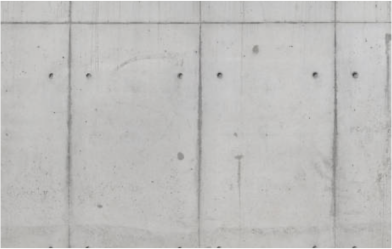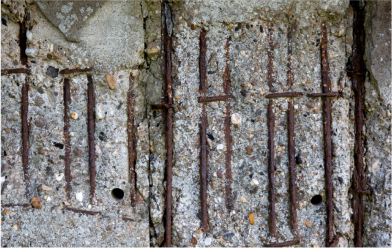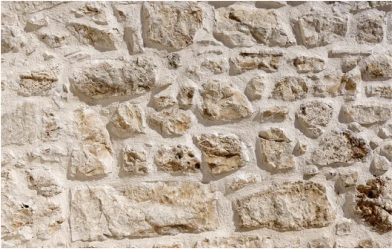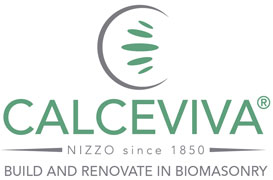LIME OR CEMENT?
THE FUTURE IS ORGANIC, THE FUTURE IS NOW

THE FOUR ELEMENTS OF LIME
There is magic in plucking a stone from the Earth, demolishing it with Fire, shaping it with Water according to art and ingenuity, and regaining it as solid and tenacious as initially under the influence of Air: a constructive practice and philosophy as old as humanity.
Empedocles (482-426 B.C.) The cycle of lime processing, excerpted from “Della Natura.”
THE FUTURE IS ORGANIC, THE FUTURE IS NOW
Every home should increase in value over time. Unfortunately, this is far from happening today. However, initially solid and sturdy, reinforced concrete structures deteriorate over the years, diminishing the home’s value and safety. The superior aging properties of lime make this asset more robust and more durable. Continuous carbonation and mineralization develop over long periods and restore lime to its original chemical stone composition, thus ensuring excellent strength and stability.
Cement walls

at installation

after 50 years
Lime walls

at installation

after 50 years
LIME, THE ONLY TOTALLY NATURAL ELEMENT
EARTH
The magic of lime comes from stone. Earth is the source of this organic material, giving vital mineral characteristics and making it completely non-toxic. Lime guarantees breathability – an enemy of moisture and mold – and is easy to work with.
AIR
The lime cycle ends only through the action of Air. When the lime reabsorbs the carbon dioxide in the atmosphere, it becomes stone again: the most natural, healthy, and solid environment in which to live.
FIRE
Fire commands the most critical transformation. The pebbles are placed in a furnace fed by pure wood sawdust and brought to a temperature of about 900°C (1650°F). This "gentle firing," maintained for seven days, causes the pebbles to lose their carbon dioxide, transforming them into calcium oxide, or "quicklime."
WATER
However, it's only when the fired stone plunges into Water that "slaked lime" is obtained. This lime putty is a white paste left to mature for months in large tanks, according to a method known to Andrea Palladio and described in "The Four Books of Architecture" dated 1570.

